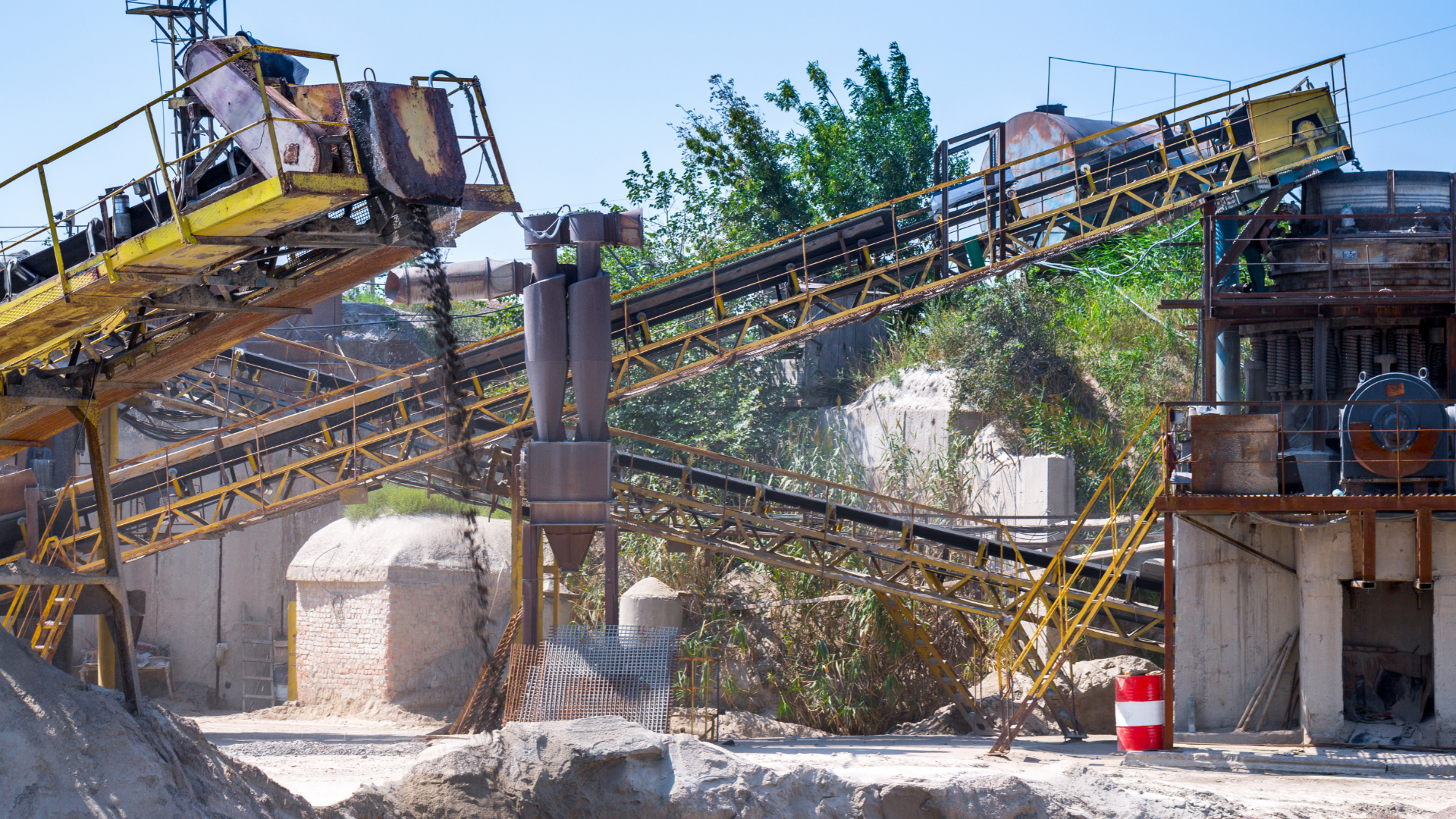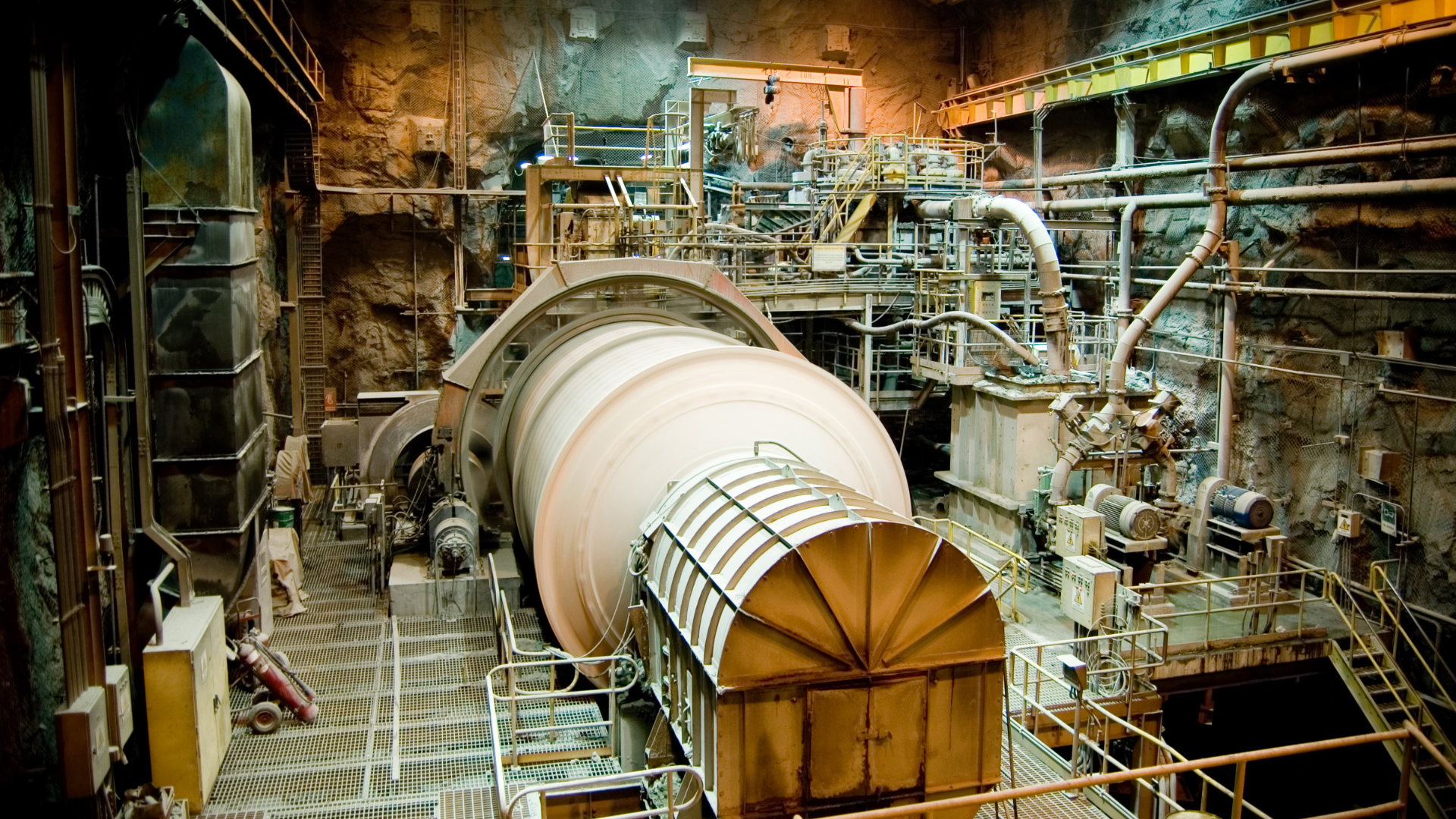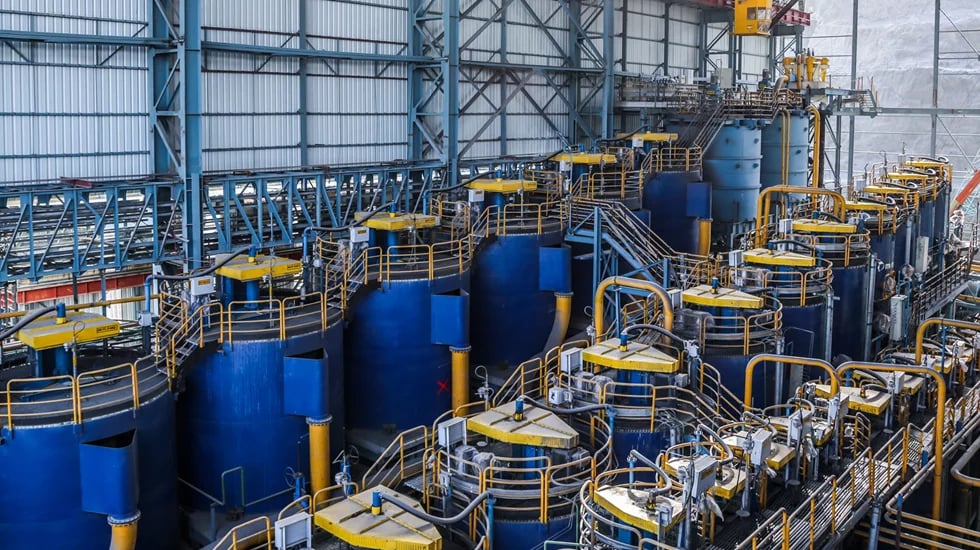AI IN MINING
AI is crucial in addressing the challenges of declining ore grades, rising energy costs, and CO2 emissions for mining industry. SentianAI provides cutting-edge AI technology that empowers you to optimize your plants operations, make data-driven decisions, and achieve sustainable growth. With increasing demands to maximize throughput, improve mineral recovery, and minimize environmental impact, SentianAI enables mine-to-port optimization through advanced AI. Experience the power of SentianAI to optimize your processes, enhance operational efficiency, and achieve sustainable success in the mining industry.
Achieve Measurable Results
10%
Increase In Throughput
5-15%
Energy Reduction
1-4%
Increase In Recovery Rate
- Inconsistent crusher performance due to suboptimal operation and varying feedstock
- Difficulty in maintaining particle size, quantity, and uniformity
- Pressure on operators to balance energy efficiency and machine health while meeting production targets
- Lack of real-time monitoring and tracking of ore properties
- Uncertainty regarding whether crushers are operating at full capacity
- Variability in the quality and homogeneity of fines produced
- Reliance on few key senior operators
- Achieve up to 10% higher throughput, improving overall production efficiency
- Reduce the need for re-crushing, saving time and resources
- Stabilize crushing process and optimize performance
- Predicts and adjusts ore feed rate in real-time for optimum loading and efficient rock-on-rock crushing
- Reduces wear and tear on the crusher, prolonging its lifespan and minimizing maintenance costs
- Automates calibration of set-points, eliminating the reliance on gut feeling predictions
- Improves crushing performance, increases capacity, and stabilizes production of fines
- Poor visibility of the grinding process
- Standardised operational recipes that does not adjust to feed
- Planning and feeding issues
Lack of precise knowledge about input and output ore properties - Absence of a ball feeder for ball mills, hindering efficient operations
- Difficulties in maintaining target size and distribution due to variations in particle size or hardness in the feed
- Reliance on few key senior operators
- Achieve more than 10% improvement in throughput performance
- Dynamic optimization of mill load based on real-time conditions, ensuring optimal performance
- Adjust production variables (feed, ball charge, speed) for maximum efficiency
- Reduce liner damage, leading to cost savings and increased equipment lifespan
- Decrease power consumption, resulting in improved energy efficiency
- Enhance process stability and control, reducing variability in output
- Utilize data and AI to make informed decisions and optimize grinding operations
- Improve product quality by maintaining target size and distribution consistently
- Unstable flotation process
- Reliance on standard recipes as the best practice for operators, limiting optimization
- Lack of suitable instrumentation for online analyzers, hindering accurate monitoring of key parameters
- Limited availability of real-time data on critical variables such as mineral composition, particle size, and froth characteristics
- Difficulty in maintaining consistent and reliable measurements due to process variability and equipment limitations
- Reliance on few key senior operators
- Optimization incorporates operator insights and experiences for process optimization
- Up to 4% improvement in recovery rate and sometimes more
- Improved understanding of complex interactions between variables, leading to more precise control strategies
- Enhanced decision-making capabilities based on comprehensive and up-to-date data
- Increased operational efficiency, stability, and consistency in the flotation process
- Optimization of reagent dosing and flotation conditions to maximize recovery and minimize waste
SentianAI offers a step change improvement to the manufacturing industry, via AI-powered control systems that automatically learns, adapts, and gets better over time, leading to significantly increased production, reduced energy cost and emissions.


